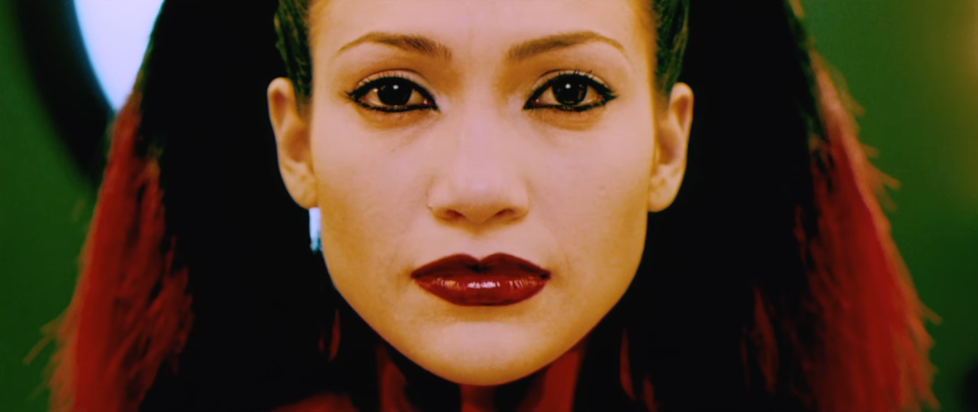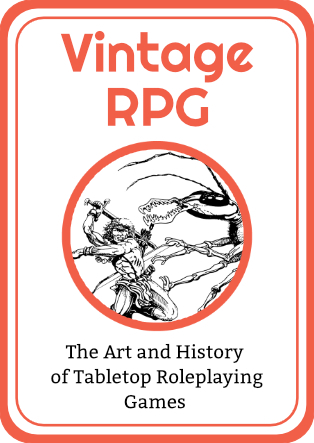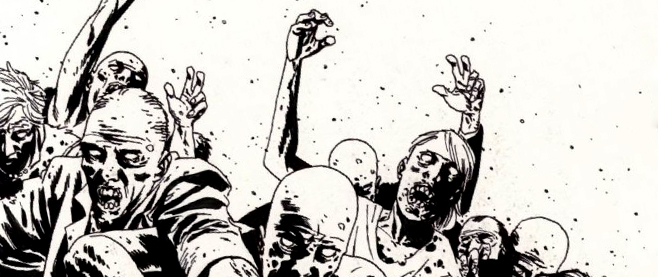
A Very Twisted Kingdom: The Cell (2000) Twenty-Five Years Later
“Do you believe there’s a part of yourself that you don’t show anybody?”
If I’m doing my math correctly, The Cell was probably the first movie that I went to see in a theater after leaving home to go to college. At that time, I was on my own, in a strange town, with no friends or family for miles, and I had to drive to the next town over to get to a movie theater at all.
I’ve seen The Cell several times in the quarter-century since, so I couldn’t tell you for sure what stuck with me from that first viewing, though I always seem to remember the horse sectioned into pieces by falling glass (an image inspired by the artwork of Damien Hirst, later reused somewhat in the TV show Hannibal) and Vincent D’Onofrio’s King Stargher winding out Vince Vaughn’s viscera like someone cranking a music box.
Like most people, whenever I have talked about The Cell, I’ve described the (hand-waved) technology that sits at its center as allowing Jennifer Lopez’s child psychologist character to enter another person’s dreams – but that’s clearly not what’s actually going on here, and the movie never really makes out like it is. Though it occasionally uses the analogue of dreams, especially when explaining the process to incredulous FBI agents, it’s pretty apparent throughout that J Lo is actually going into the subject’s mind – specifically, their Jungian subconscious, where everything is symbols and archetypes writ large from hell to breakfast.
And, aside from brief encounters with her child patient at the beginning and end, we only ever really see one of these surreal, subconscious worlds – the inner realm of schizophrenic serial killer Carl Rudolph Stargher, a “twisted kingdom” of Piranesi-esque structures, BDSM imagery, and music video editing, inspired by sources ranging from the works of artists like Odd Nerdrum and H. R. Giger to the Brothers Quay and Nine Inch Nails videos, with plenty of the expected Christian imagery sprinkled throughout.
None of which should be terribly surprising as, whatever else it is, The Cell is probably most notable for being the feature debut of music video and “event commercial” director Tarsem Singh, who goes professionally simply by the name Tarsem. Having previously won a Grammy for the music video for REM’s “Losing My Religion” – which, itself, gets a visual callback in The Cell, in the scene when Stargher is “cleaning” his first victim – it is primarily Tarsem’s unique aesthetic style that separates The Cell from a raft of other serial killer procedural movies that were released in the decade following Silence of the Lambs.
While Tarsem’s follow-up, The Fall from 2006, has recently been receiving a critical reappraisal, The Cell was considerably more successful at the time, at least at the box office, raking in over $104 million from a $33 million budget. Critics weren’t always so generous, however, and The Cell currently sits at a meager 45% on Rotten Tomatoes.

One of the most effusive critics was probably Roger Ebert, who hailed The Cell as “one of the best films of the year.” This, too, is perhaps unsurprising, given that Ebert had already established his affection for this kind of visual chicanery (an affection I absolutely share) and would go on to rave of the similarly stylized but largely nonsensical Feardotcom a couple of years later that, “If the final 20 minutes had been produced by a German impressionist [sic] in the 1920s, we’d be calling it a masterpiece.”
At Rolling Stone, Peter Travers wrote that, “Tarsem uses the dramatically shallow plot to create a dream world densely packed with images of beauty and terror that cling to the memory even if you don’t want them to.” Not all critics were as impressed, however, and many of the objections to the film centered either on that “shallow plot” or on a perception of style over substance, with Stephen Hunter of The Washington Post calling it “contrived” and “overdrawn.”
One of the most savage critiques comes from David Edelstein at Slate, however, who objects not only to the movie being “pretty silly” but also to its underlying themes, such as they are. “When I got to a serial-killer flick I don’t want to see the serial killer (or even his inner child) coddled and empathized with and forgiven. I want to see him shot, stabbed, impaled, eviscerated, and finally engulfed – shrieking – in flames. The Cell serves up some of the most gruesomely misogynistic imagery in years, then ends with a bid for understanding. Are its makers so deluded that they think they’re making the world a more compassionate place?”
Though he calls himself a “pretty merciful guy” and argues that “most people” agree with him on this, I’m not sure the rest of us are all quite so bloodthirsty. (Edelstein also spends an entire paragraph of a seven-paragraph review ogling Jennifer Lopez – “those imperious lips must have told a lot of Latin men where to put it” – so perhaps we should take him with a grain of salt.)

Next to the overall visual stylings of Tarsem, and being a star vehicle for J Lo, The Cell is probably best known as a costuming showcase for the design work of Eiko Ishioka, who won an Academy Award for her costumes in Francis Ford Coppola’s Dracula a few years before. Her work here is no less dramatic and no less show-stealing.
Is there anything under all the artistic lifting and stylistic indulgences? The answer is probably “yes and no.” There are certainly flaws in the screenplay. The Cell needs to be longer, as the rush from the first entry into Stargher’s subconscious to Lopez’s character becoming trapped there to the final confrontation all feels mushed together, the ticking clock of the drowning girl be damned. (The new 4K from Arrow contains both the theatrical and director’s cuts, but the difference between the two is less than two minutes, most of it occupied with Stargher’s masturbation ritual.)
The plot is straightforward, even if certain elements have to be taken on faith, but while Stargher’s MO is incredibly specific, the abuse that shaped him feels like the backstory equivalent of a stock character. There are moments that ring as brilliant, and others that feel, yes, shallow – but mostly the strength of the visuals carry the movie, it’s true. Well, those and an underappreciated powerhouse turn from Vincent D’Onofrio, who makes Stargher in his various forms at once vulnerable and childish and horrifying and grotesque – the King Stargher figure and his briefly-seen muscle mommy minion both echoing and prefiguring video game villains such as Resident Evil‘s Nemesis or Pyramid Head, who would be introduced in Silent Hill 2 the following year.
Writing for Empire, William Thomas said that while The Cell is “at times beautiful and always disturbing, this is strangely devoid of meaning.” I’m not sure he’s right, but I’m not sure he’s wrong, either.
———
Orrin Grey is a writer, editor, game designer, and amateur film scholar who loves to write about monsters, movies, and monster movies. He’s the author of several spooky books, including How to See Ghosts & Other Figments. You can find him online at orringrey.com.




